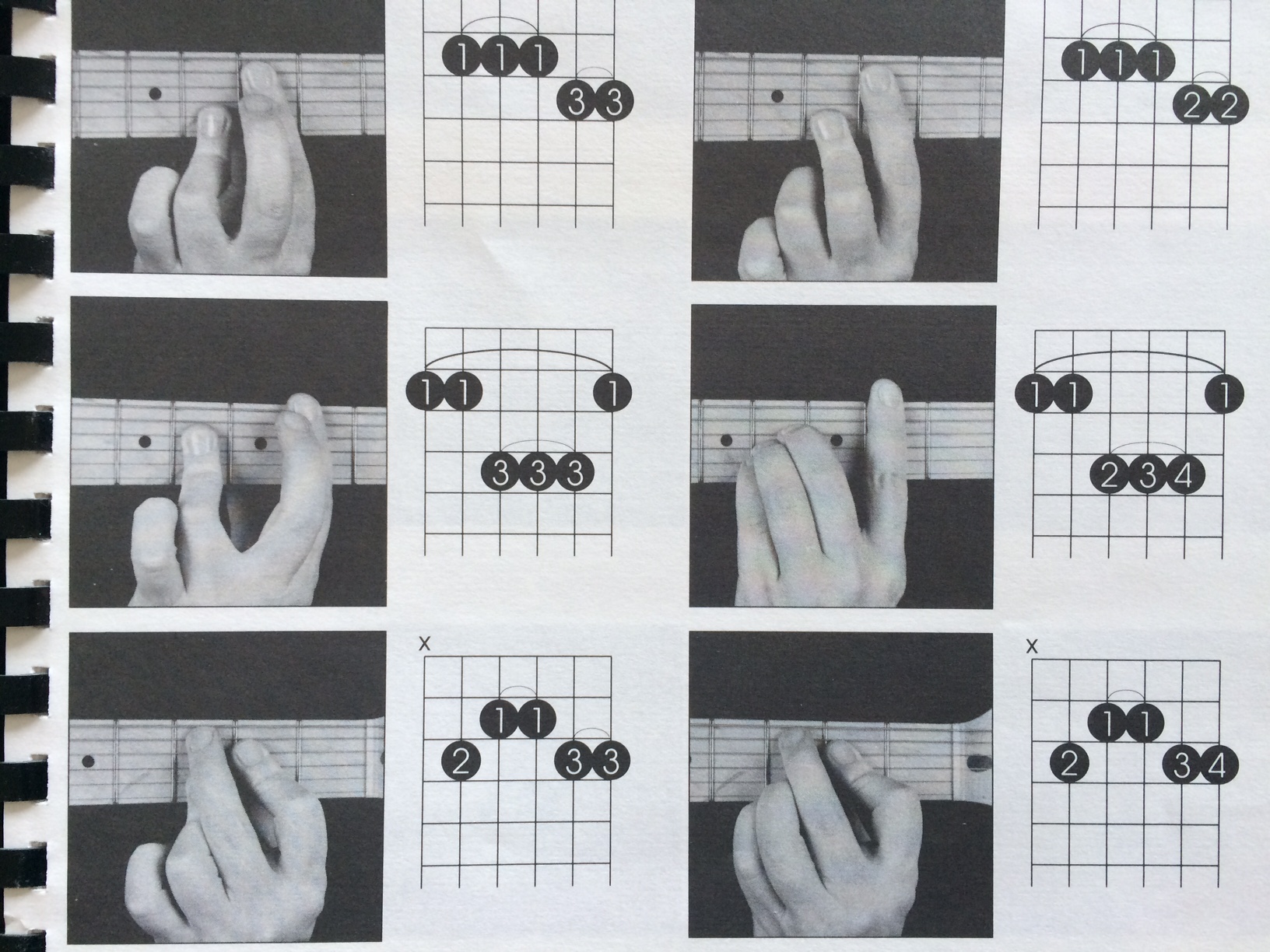Musical Numbering
Have you ever noticed how musicians talk about chords in songs by using numbers to describe them? Like “It starts on the I (one) chord and goes to the IV (four)” or “it stays for two bars on the V (five) chord.” When we do this we are making use of the musical “number system”. The number system is based on the familiar “major scale” ( do, re, mi etc.) Depending on the key or starting note the letter names can change but there are always seven notes in each octave of this type of scale. So, we can create a number system that goes “one” through “seven”. For example in the Key of G (where G is “do”) the scale is G, A, B, C, D, E, F# and back to G. So in this key 1 is G, 3 is B and 7 is F#. The major scale note names are always in alphabetical order although some notes may be sharped or flatted (something for another discussion!).
In conventional music lingo we use arabic numbers (1, 2, 3 etc.) when talking about notes and Roman Numerals (I, II, III, IV, V etc.) when talking about chords. A chord built on a certain scale degree takes the number of that scale degree. In the above Key of G, a C chord would be called the IV chord. In Nashville this system is used so often to talk about chord progressions and to write simple “charts” for songs that they only use arabic numbers even though they are talking about chords. ie: C in the Key of G would be “4”. If a chord is minor we add a little “m”, Bm in the key of G would b “3m”, if a chord is a seventh chord we add a little “7”, D7 in the Key of G would be “57”. This is referred to as the “Nashville Number System”.
Very often when chords are built on these scale notes we use only other notes of the same scale to build the chords. When this happens we get certain types of chords on each scale degree and this is called “diatonic” harmony. In the Key of G this sequence of chords would be: G, Am, Bm, C, D7, Em F#dim. That final chord is a diminished chord and sometimes the symbol “o” is used ie: F#o. In the number system this would be 1, 2m, 3m, 4, 57, 6m, 7o.
The two most common chords that are used that don’t fall within this diatonic framework are the b(flat)7 and the 2 dominant 7 (7). In the key of G the b7 would be F and the 27 would be A7. These chords work nicely because of their relationships to other chords in the basic sequence. The b7 is also “4 of 4” in the Key of G F is the 4 chord of C. The 27 is “5 of 5”, in the Key of G A7 is the 5 chord of D. These chords often follow each other is just that way in a song. F leads to C and A7 leads to D7.
Well, I hope this introduction to musical numbers is helpful, we use this system because changing keys becomes much easier since the number relationships stay the same even though the chord names change. See if you can learn to recognize chords by number as you listen to a song. You will hear similar moves happening in every song and your ear for figuring out songs will improve!! Happy listening!

